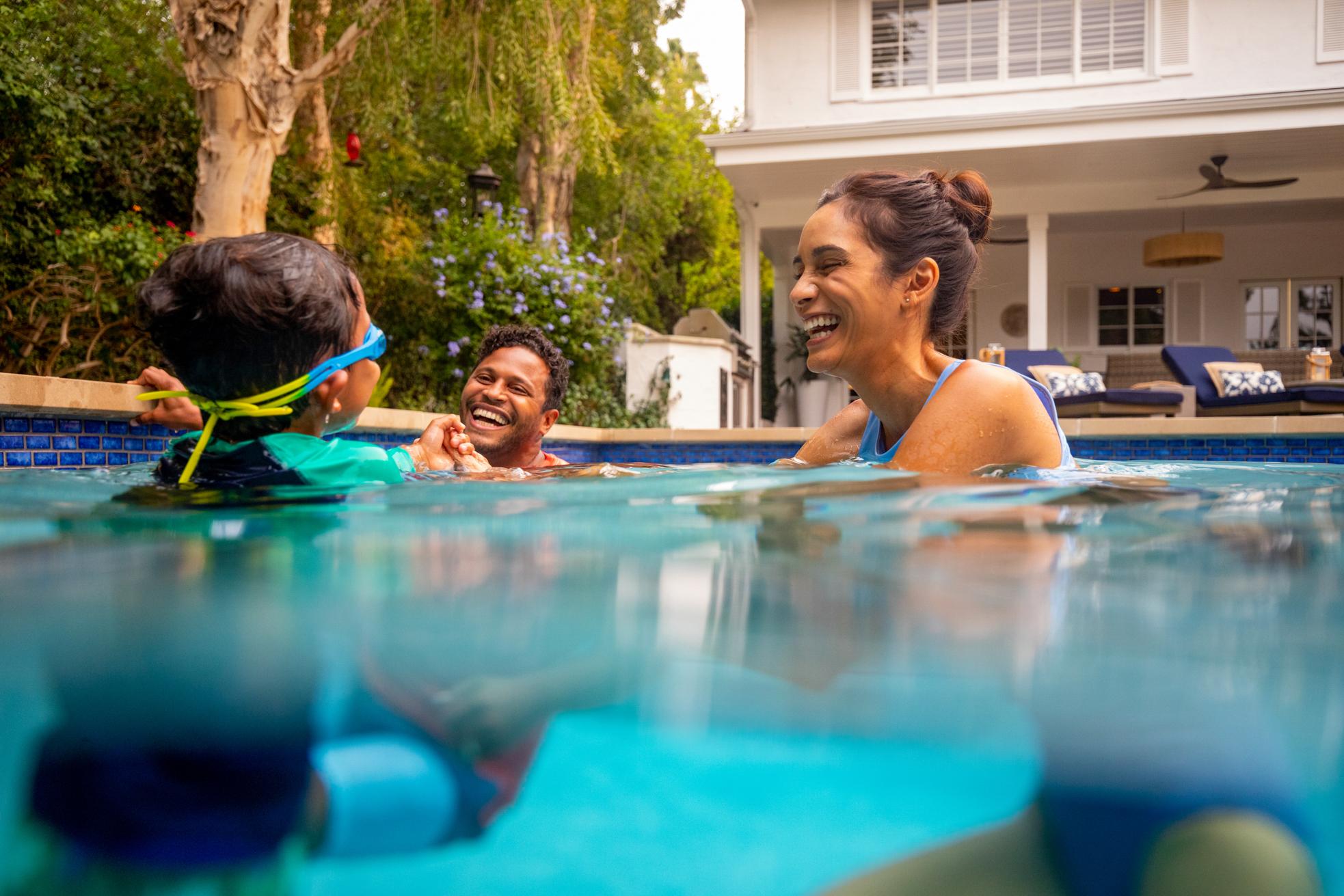Effectively managing swimming club practices is essential for maximizing performance, ensuring safety, and fostering a positive environment for swimmers. Here are some tips to help coaches and managers run efficient and productive swimming club practices:

Plan and Structure Practices
Create a comprehensive practice plan that includes warm-ups, main sets, drills, and cool-downs. Ensure that each practice has a clear objective, whether it’s improving technique, building endurance, or preparing for competitions.
Incorporate a mix of high-intensity workouts and recovery sessions. This helps swimmers build strength and endurance while preventing burnout and reducing the risk of injury.
Foster a Positive Environment
Promote a sense of camaraderie among swimmers. Encourage teamwork, support, and positive interactions to create a motivating and inclusive atmosphere.
Regularly acknowledge and celebrate swimmers’ progress and accomplishments, whether it’s improving times, mastering a new technique, or showing great effort. Recognition boosts morale and motivation.
Prioritize Safety
Always have qualified coaches and lifeguards on deck to supervise practices. Safety should be the top priority, and proper supervision helps prevent accidents and respond quickly to any emergencies.
Regularly remind swimmers of safety rules and protocols. Ensure they understand the importance of proper behavior, such as no running on the pool deck and safe diving techniques.
Emphasize Technique
Regularly incorporate drills that emphasize proper technique for each stroke. Good technique is crucial for efficiency, speed, and injury prevention.
Give swimmers specific, constructive feedback on their technique. Use tools like video analysis to help them see and understand areas for improvement.
Maintain Consistent Communication
Conduct regular team meetings to discuss goals, upcoming events, and any changes to practice schedules. Clear communication keeps everyone informed and aligned.
Foster an environment where swimmers feel comfortable discussing their concerns, questions, or feedback with coaches. Open communication helps address issues promptly and supports a positive team culture.
Incorporate Variety
Introduce variety in workouts to keep practices engaging and challenging. Alternate between different strokes, drills, and training methods to prevent monotony and stimulate progress.
Incorporate dryland exercises to improve overall strength, flexibility, and conditioning. Dryland training complements water workouts and enhances overall athletic performance.
Monitor Progress
Regularly assess swimmers’ progress through timed trials, skill assessments, and feedback sessions. Keeping track of performance helps identify areas for improvement and measure growth.
Work with swimmers to set short-term and long-term goals. Setting achievable targets keeps swimmers motivated and focused on continuous improvement.
Manage Time Effectively
Start and end practices on time. Respecting the schedule helps swimmers develop discipline and ensures that all planned activities are completed within the allotted time.
Plan smooth transitions between different segments of the practice. Minimize downtime to keep swimmers engaged and maximize the effectiveness of each session.
Encourage Healthy Habits
Educate swimmers about the importance of proper nutrition and hydration. Encourage them to fuel their bodies with healthy foods and stay hydrated before, during, and after practices.
Highlight the importance of adequate rest and recovery. Ensure swimmers understand the role of sleep and rest days in their overall performance and well-being.
Adapt to Individual Needs
Recognize that each swimmer has unique strengths, weaknesses, and goals. Tailor coaching strategies to meet individual needs and help each swimmer reach their full potential.
Be attentive to swimmers’ mental and emotional well-being. Create a supportive environment where they feel comfortable discussing stress, anxiety, or other concerns.
Conclusion
Managing swimming club practices effectively requires careful planning, a focus on safety, and a supportive environment. By emphasizing technique, maintaining open communication, and incorporating variety in workouts, coaches can create productive and enjoyable practices. Monitoring progress, managing time efficiently, and encouraging healthy habits further contribute to the development and success of swimmers. With these strategies, swimming clubs can foster a positive and high-performing team culture.



